Introduction
Shrimp, a beloved seafood delicacy enjoyed worldwide, offers a delightful blend of flavors and textures. Whether grilled, boiled, fried, or incorporated into elaborate dishes, shrimp remains a staple in many cuisines. However, discerning the quality of shrimp can be challenging, especially for those unfamiliar with the nuances that differentiate high-quality shrimp from inferior ones. This comprehensive guide aims to equip you with the knowledge and skills necessary to make informed decisions when purchasing shrimp. By understanding the criteria for evaluating shrimp quality, you can ensure that your culinary endeavors are enhanced by the freshest, most flavorful shrimp available.
Understanding Shrimp Varieties
Before diving into the specifics of quality assessment, it’s crucial to understand the various types of shrimp available. Shrimp are classified based on species, size, and origin. Common species include white shrimp (Litopenaeus vannamei), brown shrimp (Farfantepenaeus aztecus), and tiger shrimp (Penaeus monodon). Size classifications range from small (around 21-30 shrimp per pound) to colossal (6-10 shrimp per pound). Origin can significantly impact shrimp quality, as environmental conditions, feeding practices, and processing methods vary globally.
Freshness: The Ultimate Criterion
Freshness is paramount when evaluating shrimp quality. Fresh shrimp possess a vibrant color, firm texture, and a mild, slightly sweet aroma. Here’s how to assess freshness:
-
Appearance: Fresh shrimp should have a translucent, slightly glossy appearance. Avoid shrimp with dull, faded colors or those that have developed dark spots or patches. The shells should be intact and tightly adhered to the flesh, with no signs of cracking or peeling.
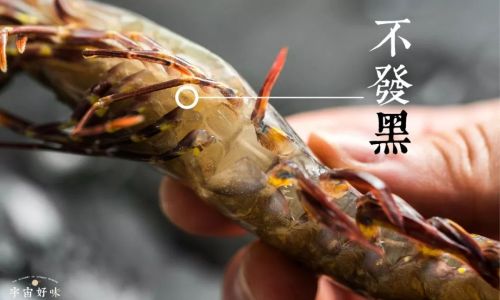
-
Texture: Touch is another vital sense when assessing shrimp quality. Fresh shrimp should feel firm and slightly springy to the touch. Avoid shrimp that feel mushy, slimy, or overly soft, as these are signs of decomposition.
-
Odor: Fresh shrimp have a mild, slightly sweet scent. If shrimp emit a strong, fishy odor or any unpleasant smells, they are likely not fresh.
-
Eyes: In live or recently caught shrimp, the eyes should be clear and bright. Dull or cloudy eyes indicate that the shrimp has been out of water for an extended period.
Frozen Shrimp: Quality Considerations
While fresh shrimp are ideal, frozen shrimp can be a viable option if handled and stored properly. Here’s how to ensure you’re getting high-quality frozen shrimp:
-
Packaging: Look for tightly sealed, moisture-proof packaging that minimizes freezer burn. Check for any signs of frost or ice crystals on the shrimp, which can indicate that they were not frozen quickly or have been thawed and refrozen.
-
Label Information: Read the label carefully. Look for information on the shrimp’s origin, species, and date of packaging. Avoid shrimp that have been frozen for an undetermined period or those that lack clear labeling.
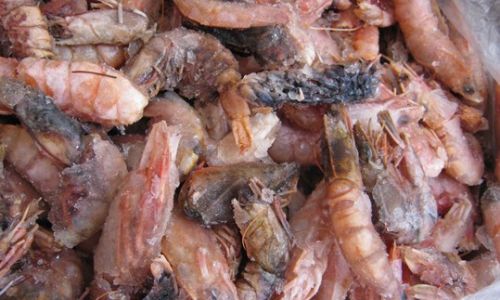
-
Color and Texture: Upon thawing, high-quality frozen shrimp should resemble fresh shrimp in color and texture. They should be firm, translucent, and free of dark spots or sliminess.
-
Smell: Thawed shrimp should have a mild, slightly sweet aroma. Strong, fishy odors indicate poor quality or improper handling.
Evaluating Shrimp by Species
Different shrimp species have unique characteristics that affect their quality and suitability for various cooking methods. Here’s a brief overview of some popular shrimp species and their quality indicators:
-
White Shrimp (Litopenaeus vannamei): These shrimp are widely farmed and are known for their versatility in cooking. High-quality white shrimp have a firm texture, translucent flesh, and a mild flavor. They are suitable for a variety of cooking methods, including grilling, boiling, and frying.
-
Brown Shrimp (Farfantepenaeus aztecus): Brown shrimp are native to the Gulf of Mexico and are valued for their sweet, delicate flavor. Quality brown shrimp are firm, with a slightly darker hue than white shrimp. They are best suited for boiling or steaming to preserve their delicate flavor.
-
Tiger Shrimp (Penaeus monodon): Tiger shrimp are larger and have a more robust flavor than white or brown shrimp. High-quality tiger shrimp have a vibrant orange-brown hue, firm texture, and a slightly sweet, slightly briny taste. They are ideal for grilling, frying, or incorporating into more flavorful dishes.
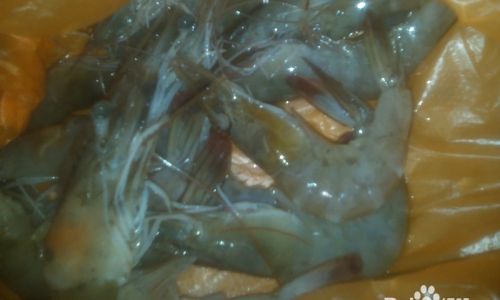
Sustainability and Ethical Considerations
When evaluating shrimp quality, it’s essential to consider sustainability and ethical practices. Overfishing and poor farming practices can have devastating effects on marine ecosystems and shrimp populations. Here’s how to ensure you’re making environmentally conscious choices:
-
Choose Farmed Over Wild-Caught When Possible: Farmed shrimp can be a more sustainable option if the farm practices are responsible. Look for shrimp farmed in closed systems that minimize environmental impact and reduce the risk of disease and pollution.
-
Certifications and Labels: Seek out shrimp with certifications from reputable organizations such as the Aquaculture Stewardship Council (ASC), Best Aquaculture Practices (BAP), or Marine Stewardship Council (MSC). These certifications indicate that the shrimp were farmed or caught using sustainable and ethical practices.
-
Avoid Shrimp from Overfished Regions: Be aware of shrimp species and regions that are overfished. Opt for shrimp from sustainable fisheries or farms that prioritize the long-term health of marine ecosystems.
Storage and Handling Tips
Proper storage and handling are crucial to maintaining shrimp quality. Here’s how to ensure your shrimp stay fresh and delicious:
-
For Fresh Shrimp: Store fresh shrimp in the coldest part of your refrigerator, ideally on a bed of ice. Use within one or two days of purchase.
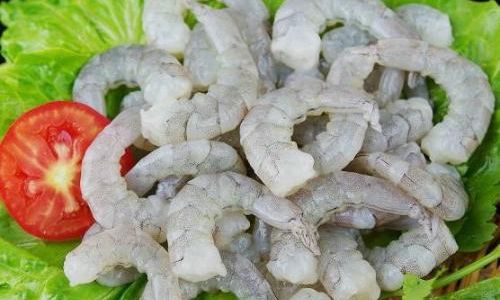
-
For Frozen Shrimp: Keep frozen shrimp in the freezer at a temperature of 0°F (-18°C) or below. Avoid thawing and refreezing shrimp. Thaw frozen shrimp in the refrigerator overnight or under cold running water.
-
Preparation: When preparing shrimp, rinse them under cold water and pat them dry with paper towels. Avoid soaking shrimp in water, as this can dilute their flavor and texture.
-
Cooking: Cook shrimp until they turn pink and opaque, with firm, slightly curled bodies. Overcooking can result in dry, rubbery shrimp.
Common Quality Issues and How to Avoid Them
Understanding common quality issues can help you avoid purchasing inferior shrimp. Here are some common problems and how to spot them:
-
Freezer Burn: Freezer burn occurs when shrimp are exposed to air during freezing, causing ice crystals to form on the surface. This can lead to dehydration and a loss of flavor. Avoid shrimp with visible freezer burn.
-
Off Odors: Strong, fishy odors indicate that shrimp have begun to decompose. Trust your nose and avoid shrimp with unpleasant smells.
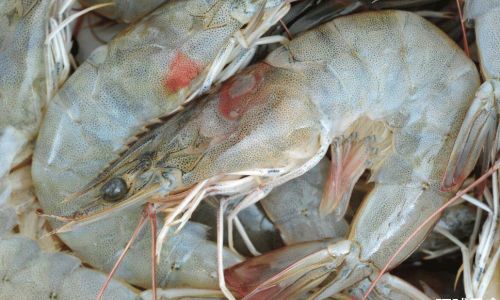
-
Sliminess: A slimy texture is a sign of poor handling or storage conditions. Fresh shrimp should have a clean, slightly tacky surface, but never slimy.
-
Discoloration: Dark spots, patches, or a faded hue can indicate that shrimp are past their prime. Opt for shrimp with vibrant, consistent coloration.
Conclusion
Discerning the quality of shrimp requires a combination of knowledge, observation, and attention to detail. By understanding the criteria for evaluating shrimp quality, including freshness, species-specific characteristics, sustainability considerations, and proper storage and handling practices, you can ensure that your shrimp dishes are not only delicious but also ethically and environmentally responsible. Remember, the key to enjoying shrimp at its best is to prioritize freshness, choose sustainable options, and handle shrimp with care. With these guidelines in mind, you’ll be well-equipped to select the highest quality shrimp for your culinary creations. Happy shrimp-eating!

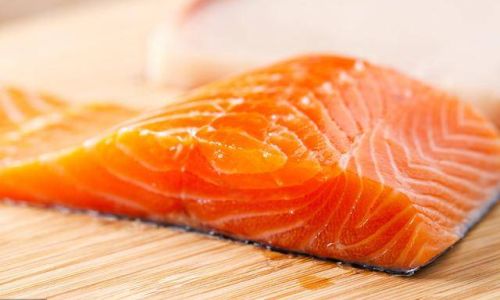
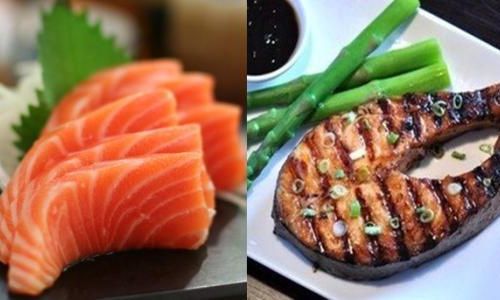



0 comments